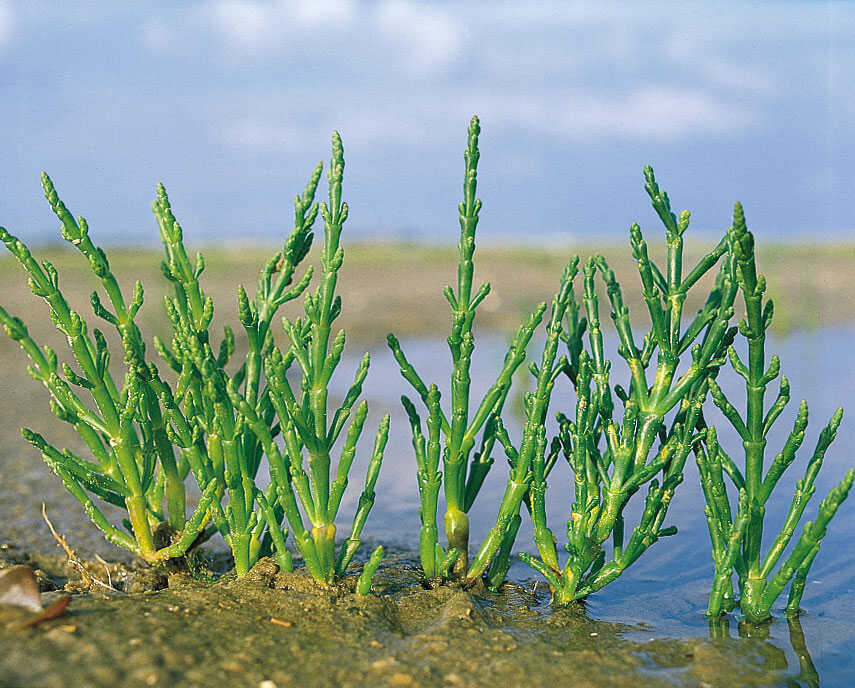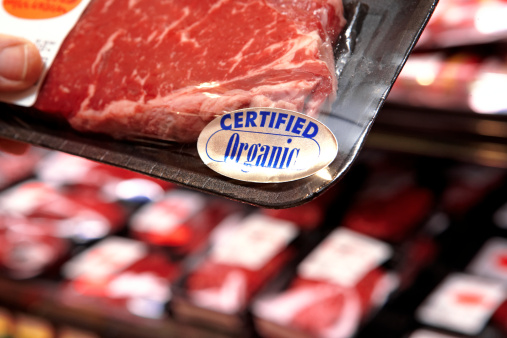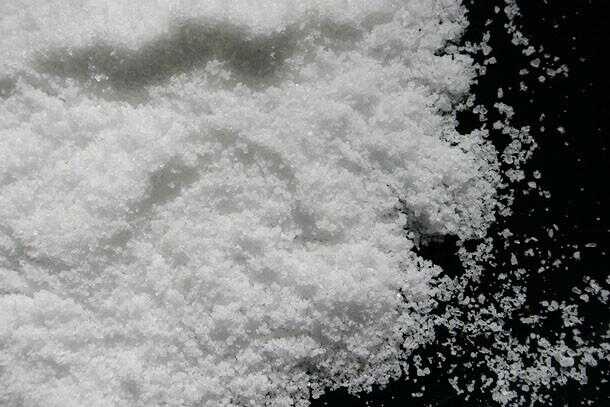
Firstly, what is a sausage? The Ministry of Agriculture defines it as follows: “Sausage is understood as an industrialized meat product, obtained from the meat emulsion of one or more species of butcher animals, added ingredients, embedded in a natural or artificial casing or by extrusion process, and subjected to an appropriate thermal process. Note: Sausages may have an alternative process of dyeing, peeling, smoking and the use of fillings and sauces... It is a cooked product.” Continue reading Do que é feita a salsicha?







